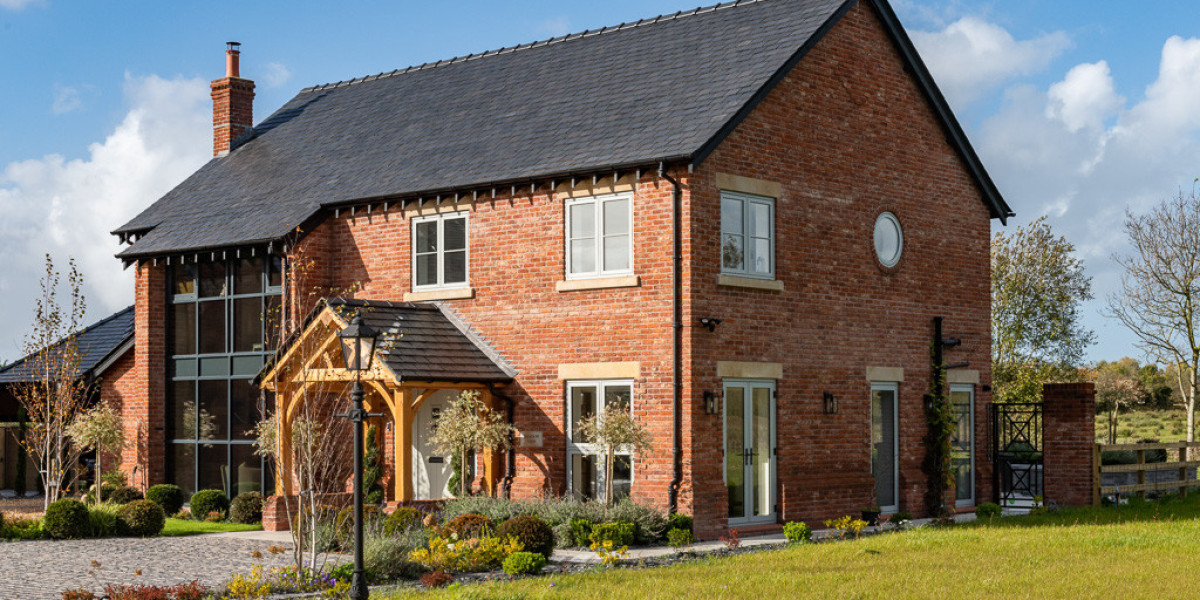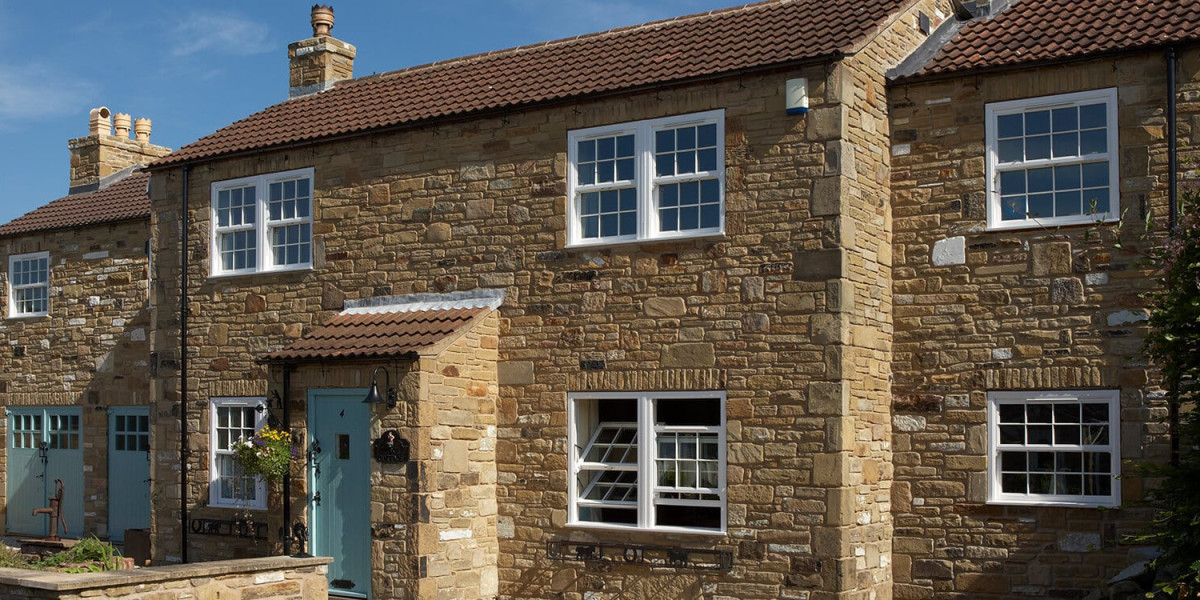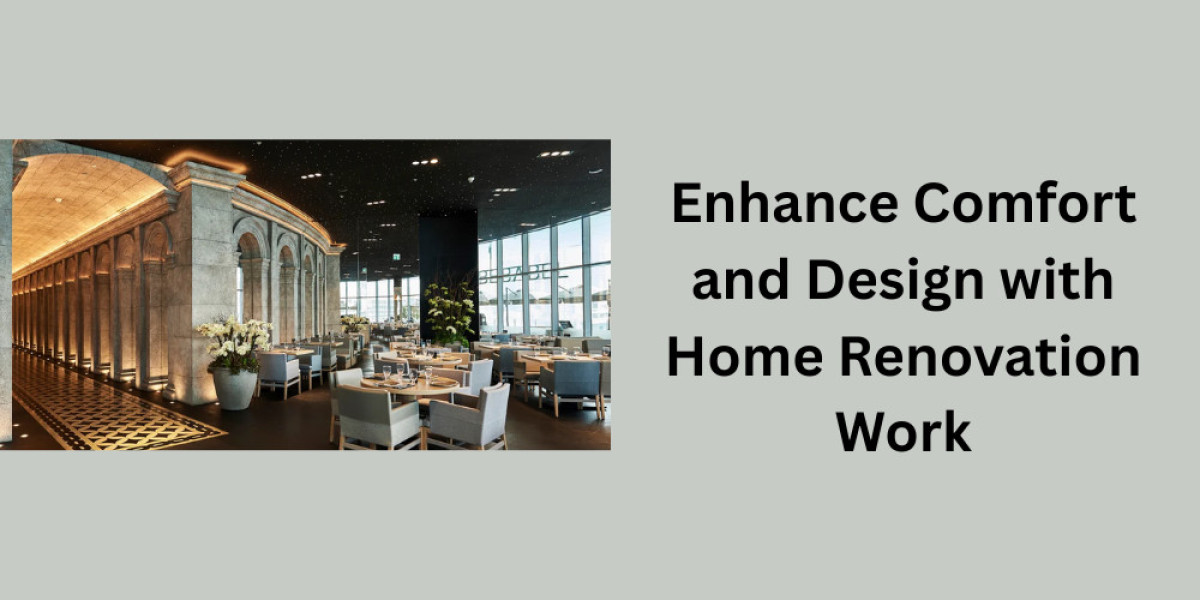Are you tired of battling stale air in your home while watching your energy bills climb? If so, the heat recovery air exchanger might be the solution you've been searching for. This innovative technology not only enhances indoor air quality but also helps you save on heating and cooling costs over time. Imagine breathing fresh, clean air without sacrificing comfort or breaking the bank. In this blog post, we’ll explore how an HRV system can transform your living space into a healthier and more efficient environment—because who wouldn’t want to enjoy better air quality while saving money? Let’s dive into the incredible benefits that await!
How Heat Recovery Systems Improve Indoor Air Quality
Heat recovery air exchange systems play a crucial role in enhancing indoor air quality by continuously refreshing the air within your home. These systems work by exchanging stale, polluted indoor air with fresh outdoor air while retaining valuable heat energy. This process helps to dilute airborne pollutants and allergens, making the environment healthier for occupants.
Moreover, HRV-units are equipped with filters that trap dust, pollen, and other particulates before they enter your living space. This filtration reduces exposure to irritants and can significantly benefit individuals suffering from asthma or allergies. Clean air is essential for overall well-being and comfort.
Additionally, maintaining proper humidity levels is another advantage of these systems. By controlling moisture in the air, heat recovery systems help prevent mould growth and structural damage caused by excessive dampness. The result is a more comfortable atmosphere where you can breathe easily year-round.
Reducing Heating and Cooling Costs Over Time
One of the most significant advantages of a heat recovery air exchange system is its ability to reduce heating and cooling costs over time. By capturing and reusing energy from stale indoor air, these systems reduce the demand on your furnace or air conditioner. This efficiency translates into lower utility bills month after month.
As temperatures fluctuate throughout the year, maintaining a comfortable indoor climate can be costly. However, an HRV effectively balances ventilation while preconditioning incoming fresh air with outgoing warm or cool air. This process means your HVAC system doesn't have to work as hard, leading to long-term savings.
Investing in a heat recovery system not only benefits your wallet but also contributes to sustainability efforts by reducing overall energy consumption. As you enjoy consistent comfort in your home, you'll appreciate how this technology pays off financially in the long run.
Maintaining Balanced Ventilation in All Seasons
A heat recovery air exchange system ensures balanced ventilation year-round, making indoor spaces more comfortable. During the winter months, it efficiently extracts warm air from inside while drawing in fresh, cold air outside. The system helps maintain a steady temperature without sacrificing indoor comfort.
In summer, the process reverses. It captures cooler outdoor air and pushes warmer indoor air out. This balance prevents humidity buildup and enhances overall indoor airflow, which is crucial for maintaining health and comfort.
With consistent use of an HRV-unit across seasons, you’ll notice improved energy efficiency as your heating and cooling systems won’t have to work overtime. Regular ventilation keeps stale air at bay while promoting a refreshing environment that feels just right every day of the year.
Energy Efficiency Benefits of an HRV Unit
The HRV unit is designed to maximise energy efficiency in your home. By capturing heat from stale indoor air and transferring it to incoming fresh air, these units significantly reduce the workload on heating and cooling systems. This process not only conserves energy but also results in substantial savings on utility bills.
Moreover, HRVs operate with minimal electrical consumption. With their quiet fans and smart controls, they keep your home comfortable without drawing excessive power. The result is a system that works hard while keeping energy usage low.
By integrating an HRV into your ventilation strategy, you can create a more sustainable living environment. It’s not just about comfort; it’s about making choices that benefit both your wallet and the planet over time.
The Role of Filters in Cleaner, Healthier Air
Filters play a crucial role in the effectiveness of a heat recovery air exchange system. They are designed to catch dust, pollen, and other airborne particles that can compromise indoor air quality. By trapping these contaminants, filters ensure that the air circulating throughout your home remains clean and healthy.
Regular maintenance of these filters is essential for optimal performance. Clogged or dirty filters not only reduce airflow but also make the system work harder, which can increase energy costs. It's advisable to check and replace them according to the manufacturer's guidelines, or more often if you have pets or allergies.
Choosing high-quality filters will enhance the overall efficiency of your HRV-unit. Options like HEPA filters can capture finer particles, providing an additional layer of protection against allergens and pollutants. Clean air contributes significantly to better health and well-being for everyone in your household.
Installation Considerations for Existing and New Homes
When considering a heat recovery air exchange system, installation varies significantly between existing homes and new builds. For older properties, retrofitting can be more complex. Ductwork may need to be upgraded to accommodate the HRV-unit effectively. It's essential to assess your current ventilation setup before proceeding.
New construction often has an advantage because it can integrate these systems from the ground up. Builders can design layouts that optimise airflow and efficiency from the start. This includes planning for necessary duct sizes and locations without compromising aesthetics or functionality.
Regardless of your home's age, professional installation is crucial for maximising performance. A qualified technician will ensure all components are correctly installed and connected, in accordance with local building codes. This attention to detail guarantees not only efficiency but also longevity in your investment.
Optimising Airflow for Maximum Efficiency
Optimising airflow is crucial for the effectiveness of your heat recovery air exchange system. Proper duct placement and sizing can significantly influence how well the unit operates. Ensure that ducts are straight and free ofof obstructions to minimise resistance and allowand allow smooth airflow throughout your home.
Regularly check vents and registers to ensure they're clean and unobstructed. Dust accumulation or furniture blocking these areas can hinder performance, making it harder for the system to circulate air effectively. Simple adjustments can lead to noticeable improvements in efficiency.
Additionally, consider using variable-speed fans if available in your HRV-unit. They adjust airflow based on demand, improving energy use without sacrificing comfort levels in different rooms. By focusing on these details, you’ll not only enhance efficiency but also improve indoor air quality over time.
Enhancing Comfort with an HRV Heat Transfer System
An HRV heat transfer system significantly enhances indoor comfort levels. Efficiently transferring heat from outgoing stale air to incoming fresh air helps maintain a consistent temperature throughout your home. This means you can enjoy a cozy environment without relying heavily on traditional heating methods.
These systems also regulate humidity levels, which is vital for comfort. Proper moisture balance prevents that stuffy feeling often experienced in tightly sealed buildings. With fresher and more balanced air quality, you'll notice improvements in overall well-being.
Moreover, an HRV-unit operates quietly and unobtrusively in the background. You can breathe easier knowing that while you're comfortable indoors, harmful pollutants are being filtered out. The result is a healthier living space where everyone can thrive without sacrificing comfort or energy efficiency.
Understanding Maintenance Requirements
Proper maintenance is crucial for the longevity and efficiency of a heat recovery air exchange system. Regular checks ensure that all components are functioning optimally, preventing costly repairs down the line. Most manufacturers recommend an annual inspection to assess performance and identify any potential issues.
Filters play a significant role in maintaining indoor air quality. They should be cleaned or replaced every few months, depending on usage and local air quality conditions. Keeping filters clean not only enhances airflow but also prolongs the life of your HRV-unit.
Additionally, ductwork should be inspected periodically for leaks or blockages that can hinder efficiency. A well-maintained system operates more effectively, contributing to energy savings while providing year-round fresh air. Consistent attention to these details makes all the difference in achieving optimal performance from your heat recovery air exchange system.
Common Mistakes to Avoid When Choosing a System
Choosing a heat recovery air exchange system can be overwhelming, and it’s easy to overlook some crucial details. One common mistake is failing to assess your home’s specific needs. Every space is unique, so understanding the size and layout of your rooms will help you select an appropriately sized unit.
Another mistake is ignoring the importance of energy efficiency ratings. Not all systems are created equal; investing in an inefficient unit may lead to higher operational costs over time. Look for models with high Energy Star ratings or similar certifications to ensure optimal performance.
Neglecting maintenance requirements can lead to poor airflow and reduced effectiveness. Make sure you understand how often filters need to be changed and which routine checks are necessary to keep the system running smoothly. A well-maintained HRV system not only improves air quality but also significantly extends its lifespan.
Conclusion
Investing in a heat recovery air exchanger is more than just an upgrade; it’s a transformation for your home and health. With such systems, you’re not merely enhancing indoor air quality but also ensuring that each breath taken is cleaner and healthier. The financial benefits are notable as well. Over time, reduced heating and cooling costs can lead to substantial savings on energy bills. This cost-effective approach aligns with sustainability efforts while improving overall comfort levels within living spaces. These systems strike an essential balance between energy efficiency and ventilation needs, making them invaluable year-round. Homeowners looking to elevate their living environments should consider the long-term advantages of implementing a heat recovery air exchange system.
FAQs
When considering a heat recovery air exchange system, you may have some questions. Here are five frequently asked questions to help clarify your understanding:
What is a heat recovery air exchange system?
A heat recovery ventilation (HRV) system captures energy from outgoing stale air and uses it to precondition incoming fresh air. This process enhances energy efficiency while improving indoor air quality.
How does an HRV unit save on heating and cooling costs?
By transferring heat between incoming and outgoing airflow, an HRV unit reduces the demand for heating in winter and cooling in summer. Over time, this leads to decreased utility bills as your HVAC system works less hard.
Are there specific maintenance tasks required for an HRV?
Regular filter changes are essential to ensure optimal performance. Additionally, it's crucial to inspect ducts and components periodically for buildup or blockages that could impede airflow.
Can I install a heat-recovery air-exchange system in my existing home?
Yes! While installation is often easier during construction or renovation, many systems can be retrofitted into existing homes with proper planning and design considerations.
Do HRVs work effectively in humid climates?
Absolutely! An HRV can manage humidity by providing controlled ventilation, preventing excessive moisture accumulation indoors and improving overall comfort in your home.
Related Business Listings |









